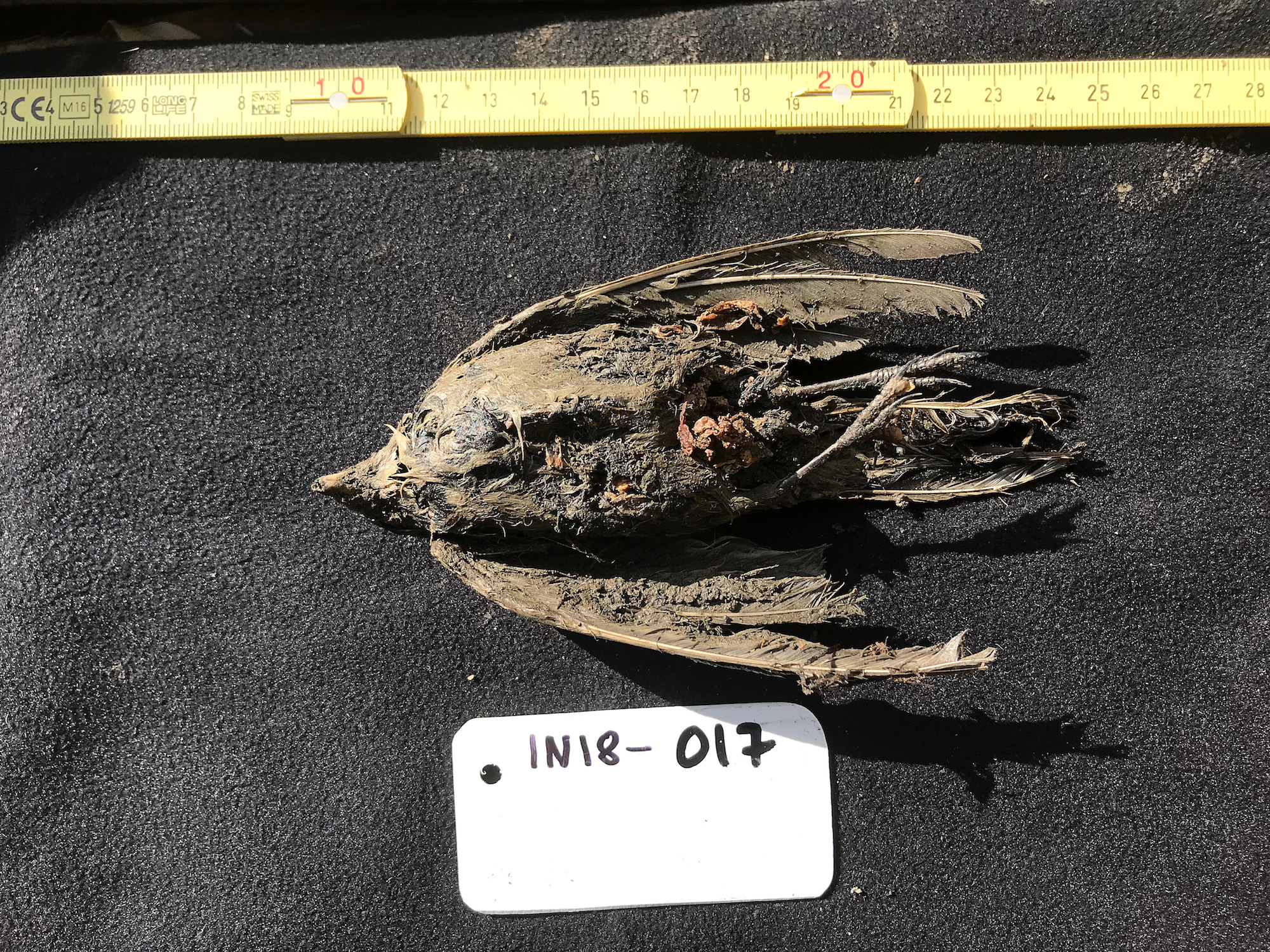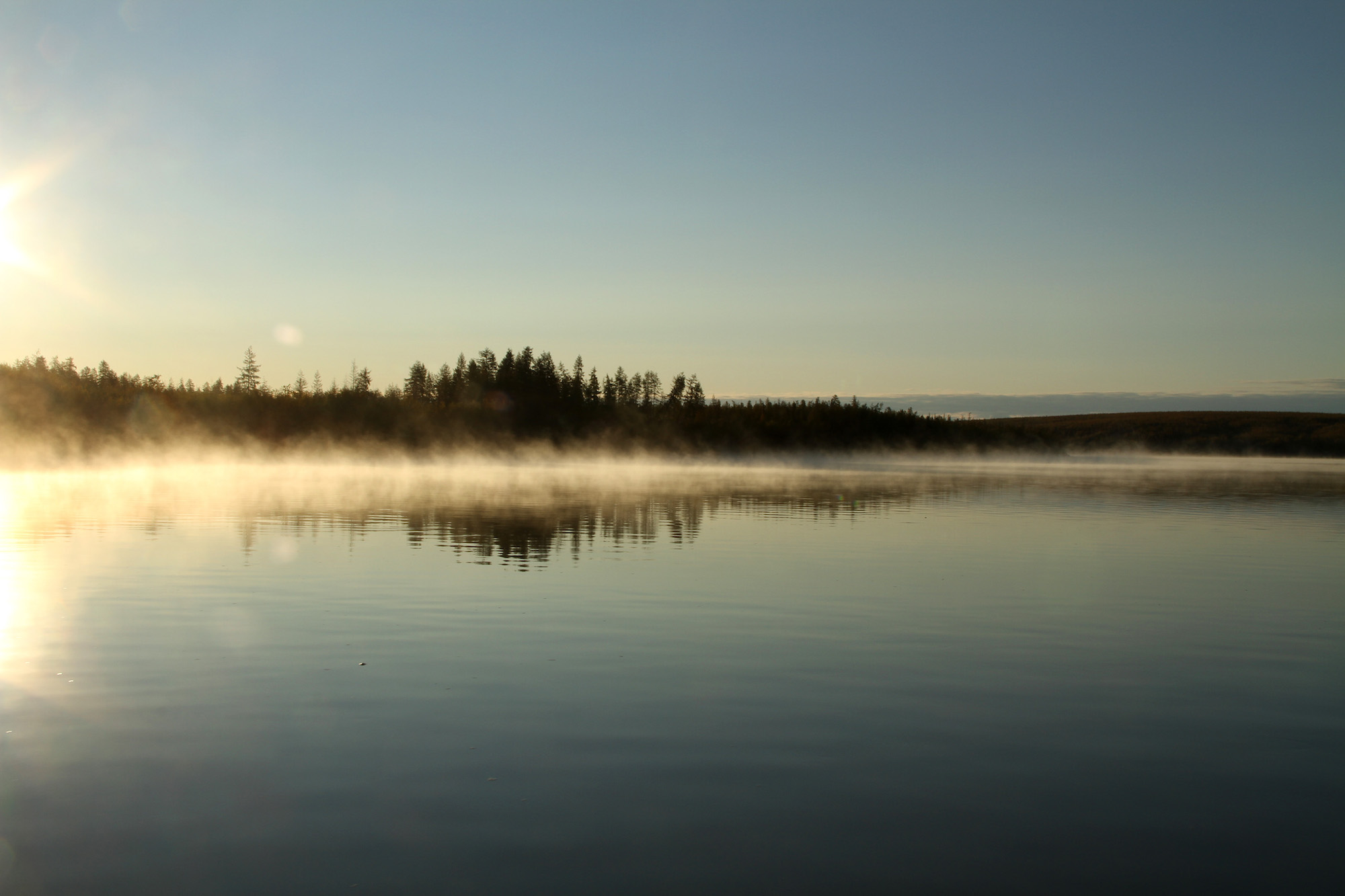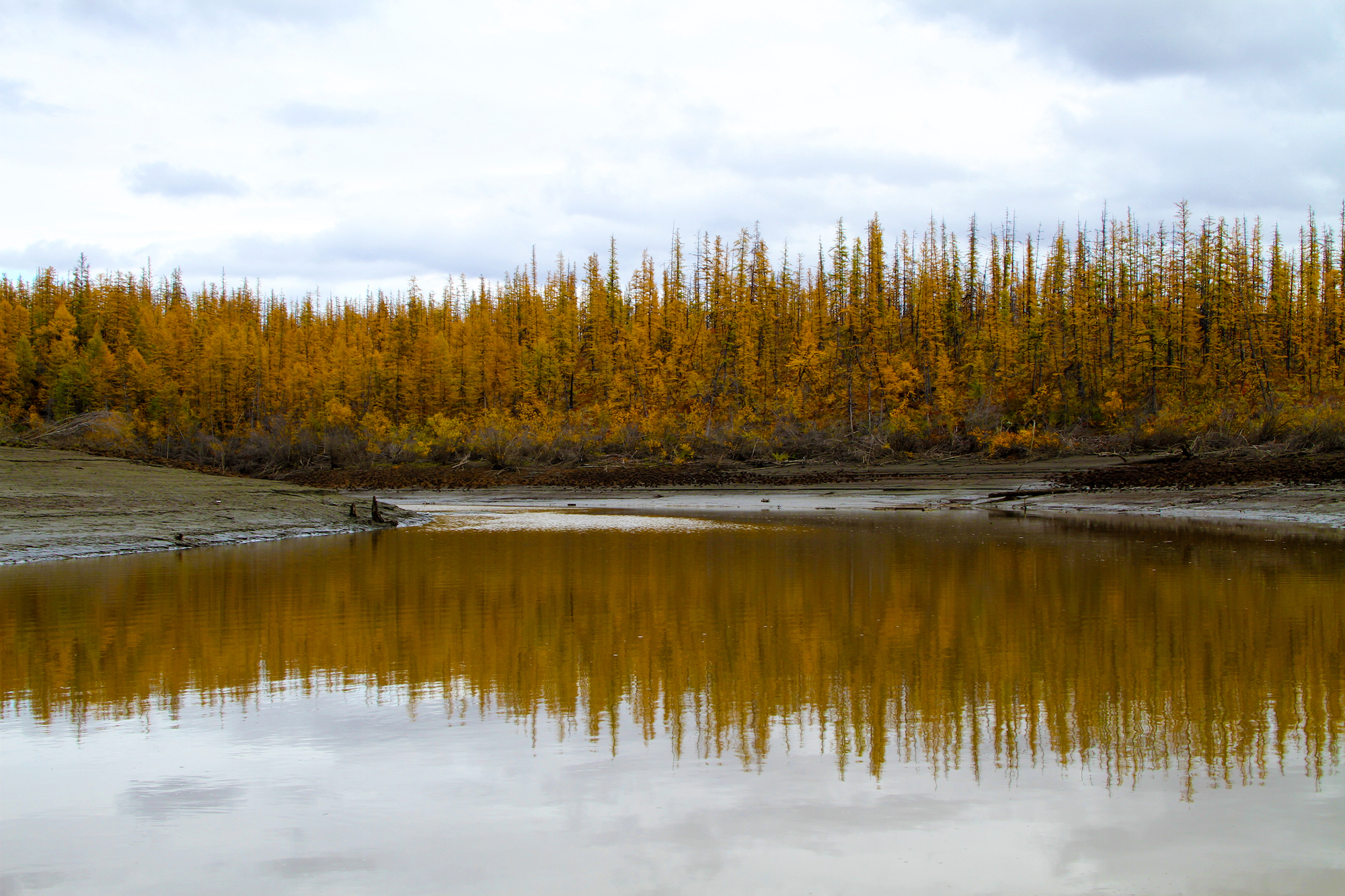46,000-year-old bird, frozen in Siberian permafrost, looks like it 'died a few days ago'
Siberian permafrost preserved the body of this small ice age bird.

For the last 46,000 years, a small bird that died during the last ice age has sat frozen, shielded from decay and scavengers, until two Russian men hunting for fossil mammoth tusks discovered its body in Siberian permafrost.
The bird was in such good shape, it looked "like it [had] died just a few days ago," said Love Dalén, a professor of evolutionary genetics at the Centre for Palaeogenetics in Stockholm, who was with the ivory hunters, Boris Berezhnov and Spartak Khabrov, when they discovered the bird.
"[The bird] is in pristine condition," Dalén told Live Science in an email. The find is extraordinary because "small animals like this would normally disintegrate very quickly after death, due to scavengers and microbial activity."
Related: Photos: Is ice age cat mummy a lion or a lynx?
The frozen flier is one-of-a-kind find, too: It's the only near-intact bird carcass documented from the last ice age, Dalén added.

When the fossil hunters first uncovered the bird in September 2018, Dalén and his colleagues had no idea of the mystery bird's age or species. So, Dalén "collected a couple of feathers and a small piece of tissue for radiocarbon dating and DNA sequencing," he said.
He brought the ice age samples to his lab, where postdoctoral researcher Nicolas Dussex, the lead author of a new study on the bird, analyzed the remains.
Get the world’s most fascinating discoveries delivered straight to your inbox.
Radiocarbon dating revealed that the bird lived during the same time as other ice age beasts, including mammoths, horses, woolly rhinos, bison and lynx.
To discover the bird's species, the researchers sequenced its mitochondrial DNA, genetic data that is passed down through the maternal line. Although the bird's mitochondrial DNA was fragmentary — there were "many millions of short DNA sequences," Dalén said, a common occurrence in ancient specimens — the team was able to piece together these short sequences with the help of a computer program.
Then, the scientists took the finished mitochondrial DNA puzzle and searched for a match in an online database that has the genetic sequences of nearly every bird alive today. The results revealed that the ice age bird was a female horned lark (Eremophila alpestris).


This discovery sheds light on the transformation of the so-called mammoth steppe. When this bird was alive, the land was a mix of steppe (unforested grassland) and tundra (treeless, frozen ground), according to pollen records from 50,000 to 30,000 years ago.
When the last ice age ended about 11,700 years ago, the mammoth steppe transitioned into the three main Eurasian environments that exist today: the northern tundra, the taiga (a coniferous forest) in the middle, and the steppe in the south, said Dalén, the senior researcher on the new study.
Nowadays, there are two subspecies of horned lark: "one living on the tundra in the far north of Eurasia and the other in the steppe in the south, in Mongolia and its neighboring countries," Dalén said.
It appears that the newly discovered bird is an "ancestor of two different subspecies of horned lark," he said. As the environment changed, however, the horned lark diverged into the two evolutionary lineages that exist today, Dalén said.
"So all in all, this study provides an example on how climate change at the end of the last ice age could have led to the formation of new subspecies," he said.
The study was published online Feb. 21 in the journal Communications Biology.
- Photos: Ice age mammoth unearthed in Idaho
- Ice age bear and wolf-like creature found in underwater Mexican cave
- Photos: Ice-age animal bones unearthed during LA subway construction
Originally published on Live Science.
OFFER: Save at least 53% with our latest magazine deal!
With impressive cutaway illustrations that show how things function, and mindblowing photography of the world’s most inspiring spectacles, How It Works represents the pinnacle of engaging, factual fun for a mainstream audience keen to keep up with the latest tech and the most impressive phenomena on the planet and beyond. Written and presented in a style that makes even the most complex subjects interesting and easy to understand, How It Works is enjoyed by readers of all ages.

Laura is the archaeology and Life's Little Mysteries editor at Live Science. She also reports on general science, including paleontology. Her work has appeared in The New York Times, Scholastic, Popular Science and Spectrum, a site on autism research. She has won multiple awards from the Society of Professional Journalists and the Washington Newspaper Publishers Association for her reporting at a weekly newspaper near Seattle. Laura holds a bachelor's degree in English literature and psychology from Washington University in St. Louis and a master's degree in science writing from NYU.

